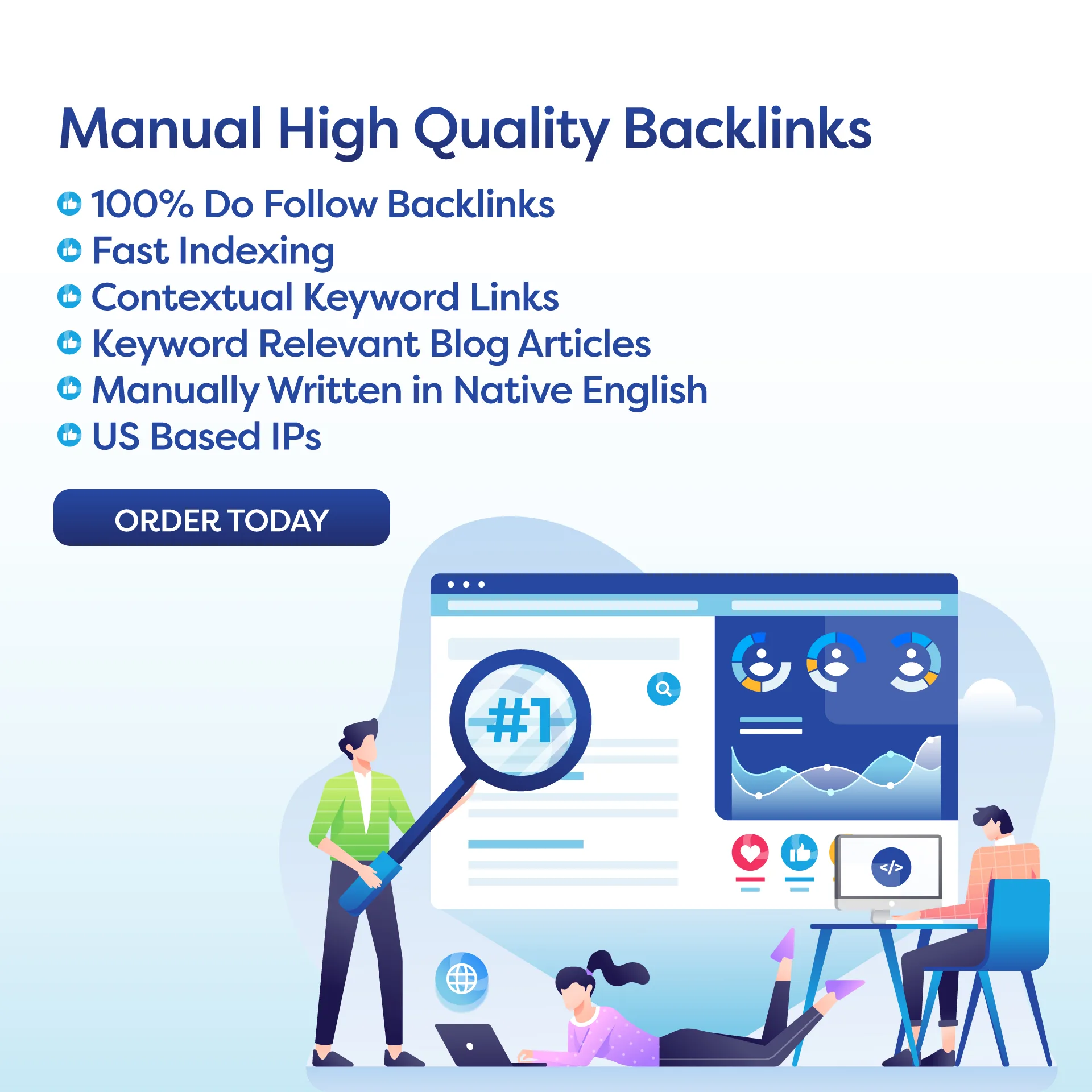: Crafting a Winning Showcase
Web Design Portfolio: Crafting a Winning Showcase
Introduction
As a web designer, having a strong portfolio is crucial for attracting new clients and showcasing your skills. A well-crafted portfolio not only helps you stand out in a competitive market but also serves as a powerful marketing tool. Your portfolio is essentially your online resume, and it should reflect your unique style, creativity, and expertise.
Importance of a Web Design Portfolio
In today’s digital age, having a portfolio is more important than ever. It allows potential clients to see your previous work and get a sense of your design aesthetic and capabilities. A portfolio also acts as a visual representation of your skills, which can be more compelling than a traditional resume.
Defining Your Target Audience
Before crafting your portfolio, it’s crucial to define your target audience. Knowing who you want to attract as clients will help you tailor your portfolio to their specific needs and preferences. For example, if you want to work with small businesses, your portfolio should showcase your ability to create functional and user-friendly websites with a focus on conversions. On the other hand, if you want to attract larger corporations, your portfolio should highlight your experience in creating complex and visually stunning websites.
Choosing the Right Platform
There are various platforms available for creating a web design portfolio, including your own website, online portfolio builders, and social media platforms such as Behance or Dribbble. Each platform has its pros and cons, so it’s essential to consider your target audience and your goals before deciding which one to use. Make sure the platform you choose is user-friendly and visually appealing, allowing your work to take center stage.
Curating Your Work
When it comes to showcasing your work, quality is more important than quantity. It’s better to have a few outstanding projects than a large number of mediocre ones. Select your best and most diverse projects to showcase your skills and versatility. Also, make sure to include a brief description of each project, outlining the client’s objectives and your role in the design process. This will give potential clients an insight into your design process and problem-solving skills.
Highlighting Your Expertise
Aside from your design projects, your portfolio should also highlight your expertise and skills. This can include any certifications, awards, or recognition you have received, as well as your technical skills and programming languages you are proficient in. You can also include testimonials from satisfied clients to add credibility to your portfolio.
Crafting an Engaging Design
Your portfolio’s design should be visually appealing, user-friendly, and reflective of your design style. It’s essential to use high-quality images, videos, and animations to showcase your work effectively. Make sure to use a consistent design throughout your portfolio, including colors, fonts, and layout. This will give your portfolio a cohesive and professional look.
Regularly Updating Your Portfolio
A web design portfolio is not a one-time project. It’s a living representation of your skills and should be regularly updated with your latest projects and skills. This not only keeps your portfolio fresh and relevant but also shows potential clients that you are constantly improving and evolving as a designer.
Conclusion
A winning web design portfolio is a powerful tool for attracting clients and showcasing your skills. By defining your target audience, curating your best work, highlighting your expertise, and crafting an engaging design, you can create a portfolio that truly stands out from the rest. Remember to regularly update your portfolio and keep it relevant to your goals and target audience. With these tips and strategies in mind, you’ll be on your way to crafting a winning web design portfolio.

